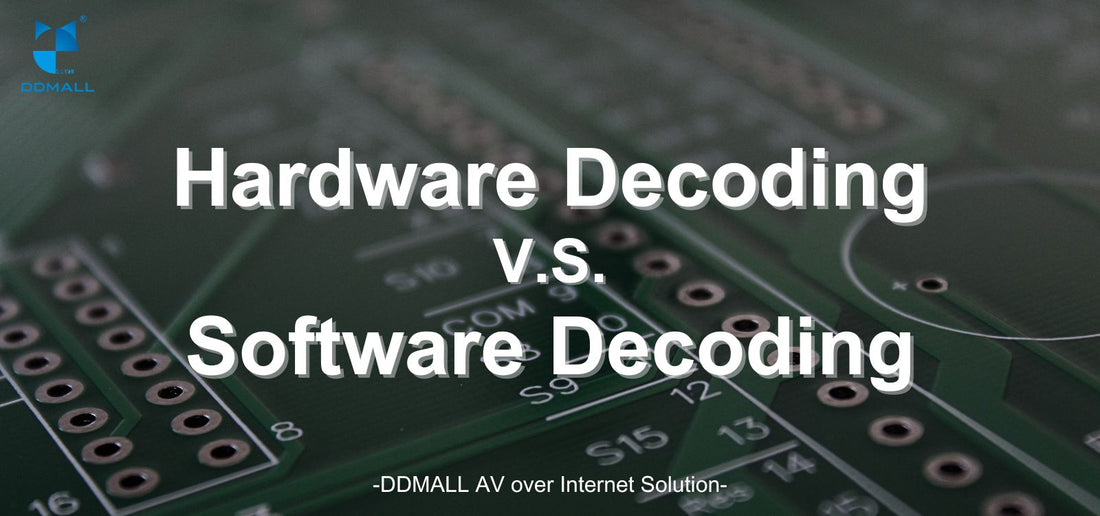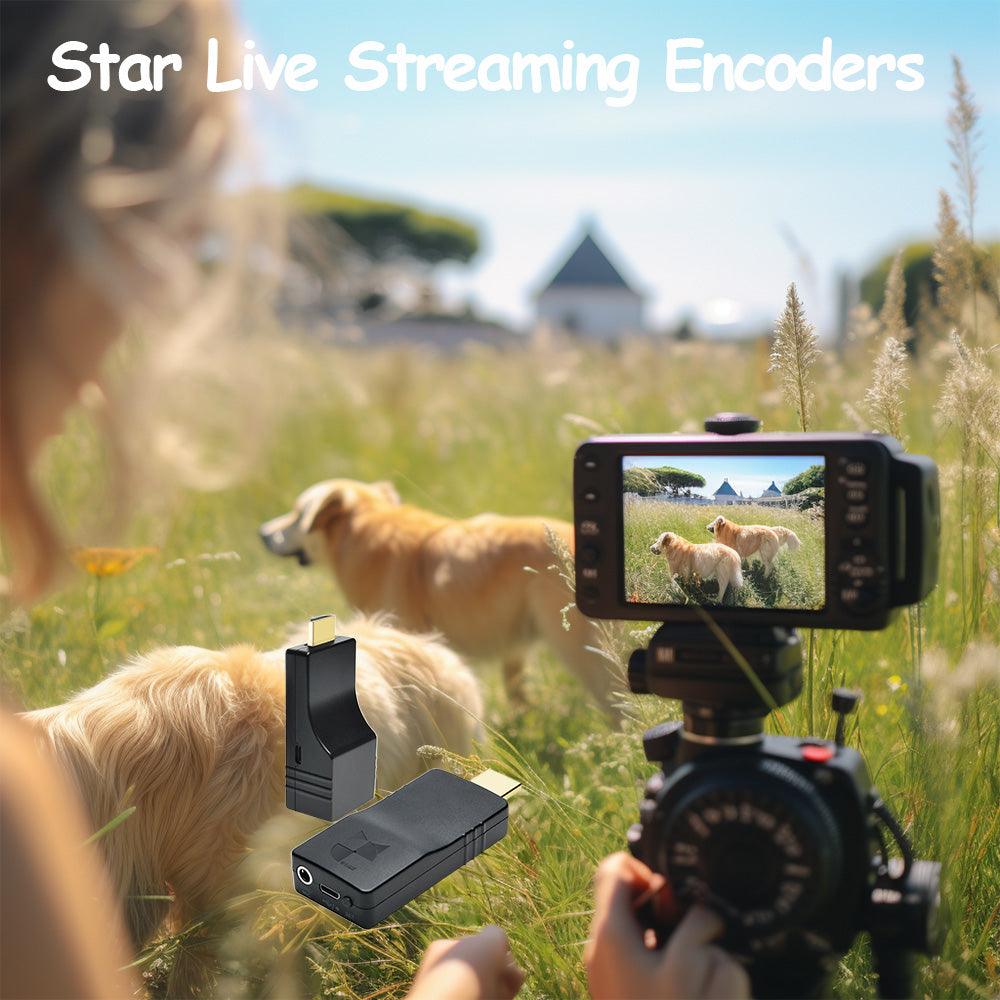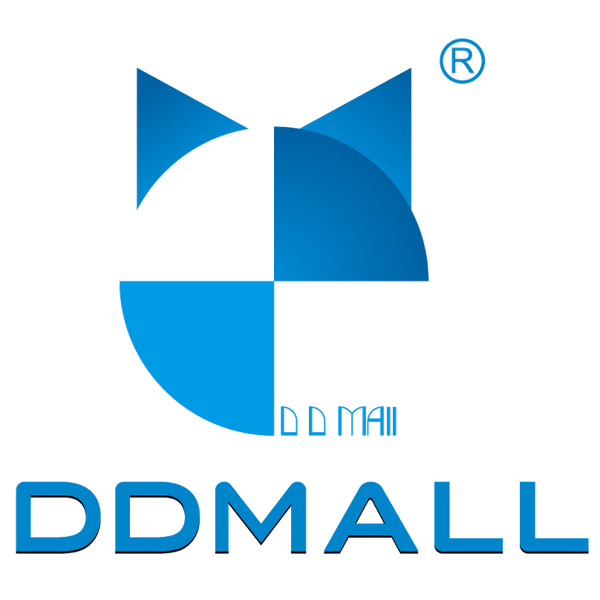
Hardware Decoder or Software One is More Suitable for Your IP Video Decoding?
Share
Introduction of video decoding
Have you ever watched a movie on Netflix and wondered how it gets from their servers onto your screen in crisp quality?
It’s all thanks to video decoding - the process of taking compressed digital video files and converting them back into a viewable format.
Let's start with some background. All videos nowadays are compressed using different codecs like H.264 and HEVC to reduce file sizes for easier streaming and storage. But your device can't directly display compressed files - it first needs to convert them back into raw video data. This is where decoding comes in.

Decoding is like solving a puzzle to rebuild each photo that makes up the moving pictures we see. Various decoding algorithms handle this, with newer standards like HEVC able to achieve much higher compression ratios than older codecs.
As video formats get more advanced with higher resolutions and quality, decoding becomes more demanding. This is where hardware and software decoders come into play. Let’s break down the differences and help you decide which type is better for your needs.
Table of Contents:
- Introduction of video decoding
- Hardware Decoder
- Software Decoder
- When to Choose Hardware or Software Decoding
- My Hardware Decoder Recommendation
- Easy Setup without Cable Mess
- Portable 4K SRT Decoder
- True 4K Video Decoder
- Camera IP Decoder
- Transmission with Less than 80ms Latency of ip stream decoding
- Future-Proof Solution for CCTV Decoder
- Conclusion
Hardware Decoder
Definition

Hardware decoders are dedicated processor chips inside devices like set-top boxes, streaming sticks, Blu-ray players and more specialized decoder boxes.
These chips are like little machines optimized for decoding. They work like an assembly line. Different parts break down the compressed frames into steps at incredible speeds.
While you watch a movie, these decoder chips secretly transform millions of compressed bits every second back into the picture without any lag or buffering.
Pros
- Speedy Decoding: Since dedicated chips do all the decoding work alone, the general processor chip stays free for other tasks. This makes playback very smooth. Complex codecs like 4K HEVC pose no problem for their powerful decoding engines. This allows for buttery smooth playback even of massive high resolution files.
- Lower CPU Usage: Whereas software decoding spreads the workload across a general CPU with sequential processing, hardware offloads it completely for supreme decoding throughput. As a result, videos play incredibly smoothly without stutters. Hardware decoders reduce the workload on the main system processor, freeing it up for other tasks.
- Power Conserving: Hardware decoders conserve power and leave more headroom for other functions. Their low-power decoder chips do the grunt work independently without taxing the main system-on-chip. This leaves processing oomph available for user interfaces, apps, gaming, and more.
Cons
- Extra Cost: Dedicating silicon space to decoding circuits means higher product costs. Moreover, hardware decode hevc requires their own additional components, increasing device costs.
- Less Flexibility: Hardware is also non-upgradable if new codecs emerge, since the silicon is static post-manufacturing. Firmware updates can also be needed to keep support for new codecs.
Software Decoder
Definition
Now, envision a shape-shifter, adapting to different scenarios effortlessly—that's the essence of software decoders. Software decoding relies on your computer or media player’s general CPU, GPU or both to handle decompression duties.
No extra hardware is required - any computer can theoretically play videos using software. Popular free media players like VLC use this method.
Pros
- Cost-Effective: Software is more flexible - updates can easily add new codec support via simple downloads. Multimedia OSs and programs also integrate software decoders for universal playback. They also don't inflate hardware bills, letting thinner devices exist.
- Flexibility: Software decoders can support new codecs through simple updates rather than replacing whole products. Updates can easily add new codec support via simple downloads.
Cons
- Higher CPU Usage: Software decoding puts more strain on the main processor. Complex codecs may overwhelm older CPUs and cause stuttering or lag on lower-powered devices. Resolution is also limited by your system specs. Software also can’t match the speed and smoothness of dedicated hardware. Sequentially running decoding routines means it can't fully saturate a CPU's potential like parallel hardware.
- Struggle with Complexity: General computer chips alone can’t work as fast as specialized decoder pro hardware. Complex codecs challenge even high-powered computers. Like real-time 8K decoding that would be trivial for dedicated hardware.
When to Choose Hardware or Software Decoding
So in summary, hardware decoding is best choice to handle formats.
- When you need guaranteed smooth playback of even the most advanced video formats on any display port. It avoids any potential software or hardware limitations.
- Ideal for home theater PCs connected to a big-screen TV or projector - especially for 4K content.
- For streaming sticks, set-top boxes and Blu-ray/DVD players, hardware is essentially a must to handle HD and UHD formats flawlessly.
Meanwhile, software decoding works well as a low-cost or universal solution.
- It's suitable for casual viewing of Full HD videos on a laptop, especially if you don't need the absolute fastest performance. Just keep an eye on performance with more stressful codecs.
My Hardware Decoder Recommendation
Easy Setup without Cable Mess
As our magical journey unfolds, a star emerges in the decoder constellation—the DDMALL HDD-20 4K Hardware Decoder. Smaller than a pack of gum, the plug-and-play device hooks up transparently to any HDMI screen. No tangled cables needed like with some dongles. It is a tiny USB-powered device that plugs directly into your TV’s HDMI port without any messy cables.
Portable 4K SRT Decoder
This enchanted artifact doesn't just stop at 4K decoder—it commands it. Employing the SRT transmission protocol, it collaborates harmoniously with DDMALL SRT encoders, crafting a secure and low-latency journey for your 4K videos across the vast landscape of IP networks.
Its dedicated SRT decoding chipset enables high quality, low latency transmission of 4K60 streams over IP networks when paired with compatible SRT encoders.
True 4K Video Decoder
With the grace of HEVC/AVC codecs, it decodes videos at 4K@60Hz, a symphony of pixels that dances to the beat of your visual desires. Its HDMI output, a canvas that paints resolutions up to 4K@60Hz. Thanks to dedicated hardware muscle under the hood, lag-free 4K playback is assured no matter how demanding the video files are.
Camera IP Decoder
But this enchanted relic is not confined to the realms of entertainment. It wears the mantle of a guardian, decoding IP streams from surveillance cameras and Network Video Recorders (NVRs). Protocols like ONVIF, RTSP, UDP, and TCP bow to its authority, transforming your abode into a fortress guarded by the watchful eyes of digital sentinels.
Transmission with Less than 80ms Latency of ip stream decoding
Best of all, when used with a compatible DDMALL encoder, it can achieve latency times below 80 milliseconds, suitable for interactive applications, and this makes the DDMALL solution ideal for applications such as digital signage where responsiveness is important.
Future-Proof Solution for CCTV Decoder
Future-proof support for the IP video decoding makes it a wise investment. Overall the HDD-20 provides a foolproof hardware accelerated solution for the most demanding video applications requiring true 4K60 performance.
Conclusion
In the grand tapestry of digital entertainment, where video quality reigns supreme, the DDMALL HDD-20 offers a dedicated and efficient solution.
In summary, both hardware and software decoding methods play important roles in transforming compressed digital video depending on performance and flexibility needs. For mission critical applications where uncompromising real-time 4K60 quality and latency take highest priority, dedicated hardware like the DDMALL HDD-20 proves indispensable.
Meanwhile, software with GPU acceleration satisfies more generalized use cases through ongoing development support. Choosing the right approach depends on specific technical and budgetary factors.

